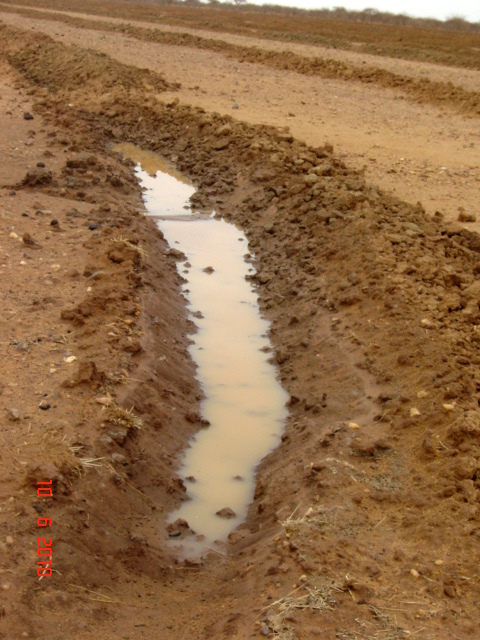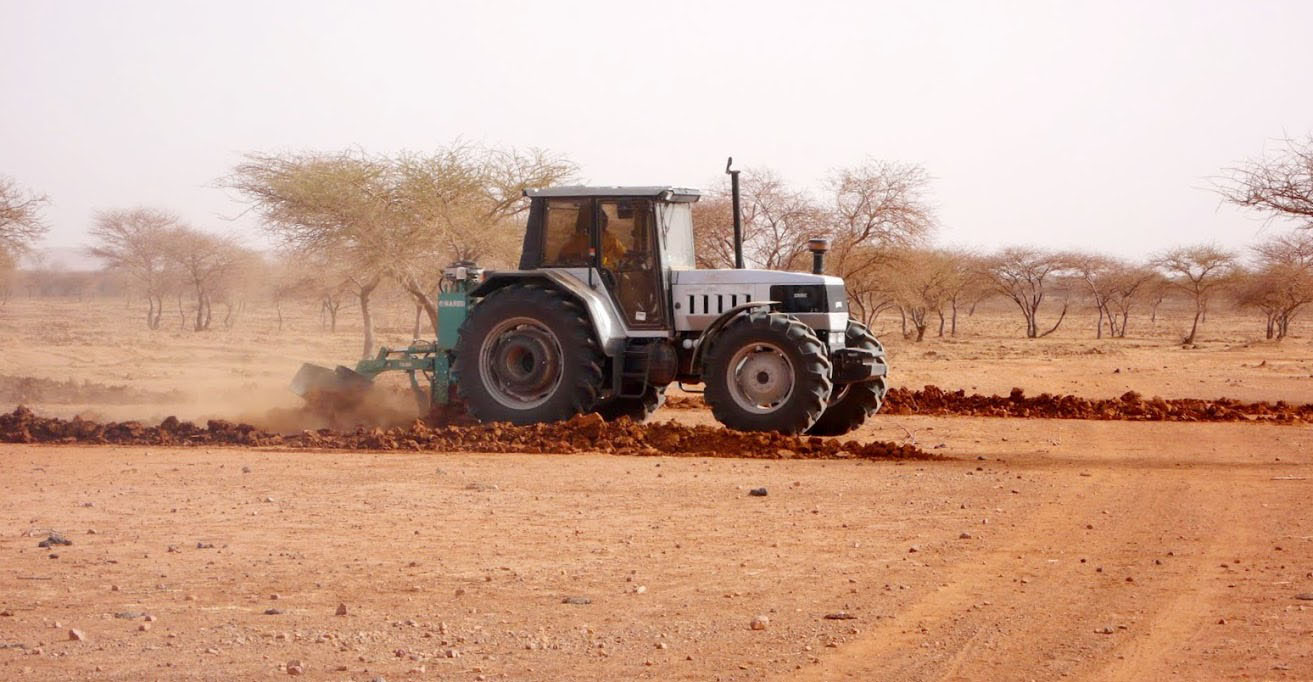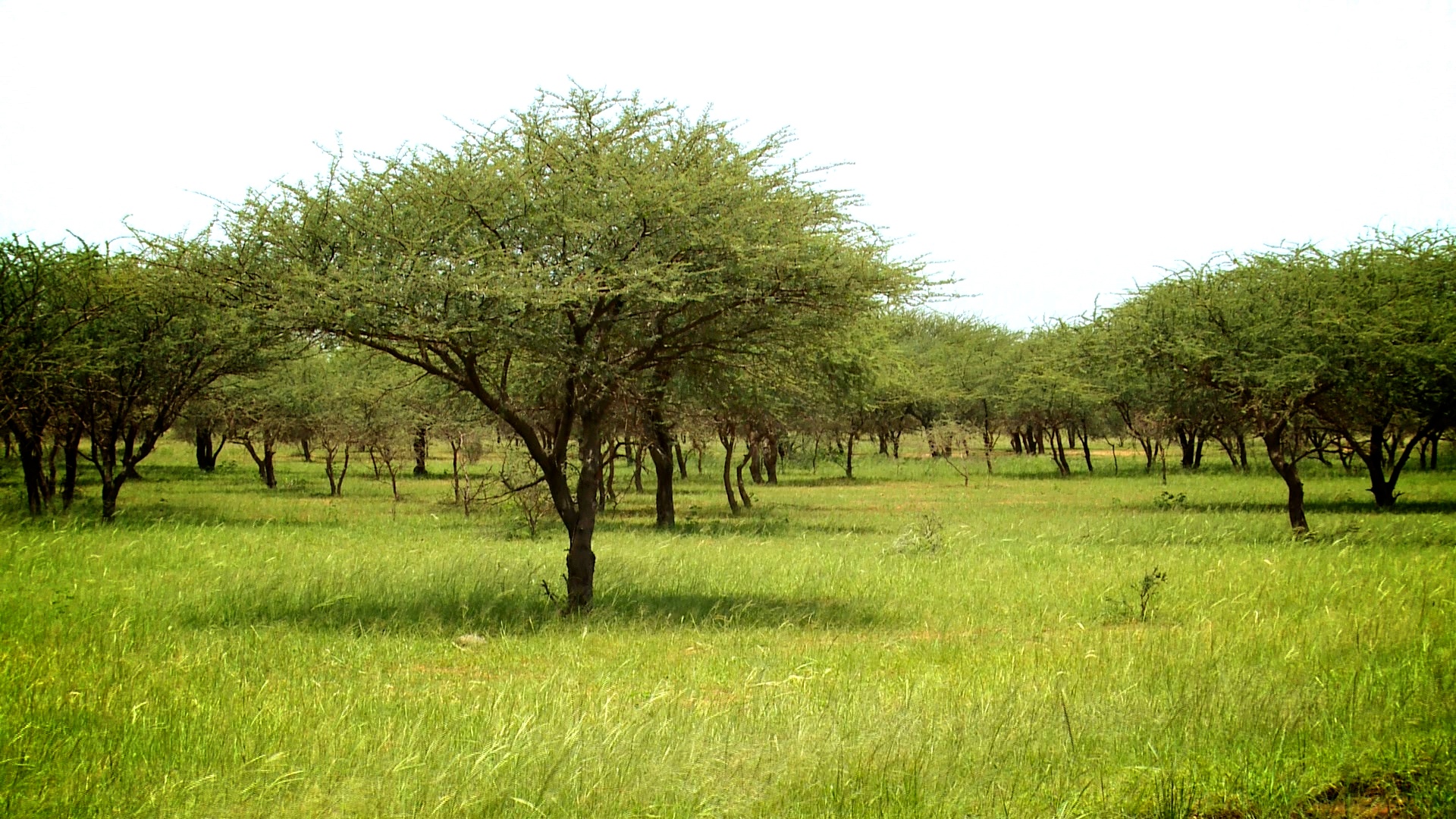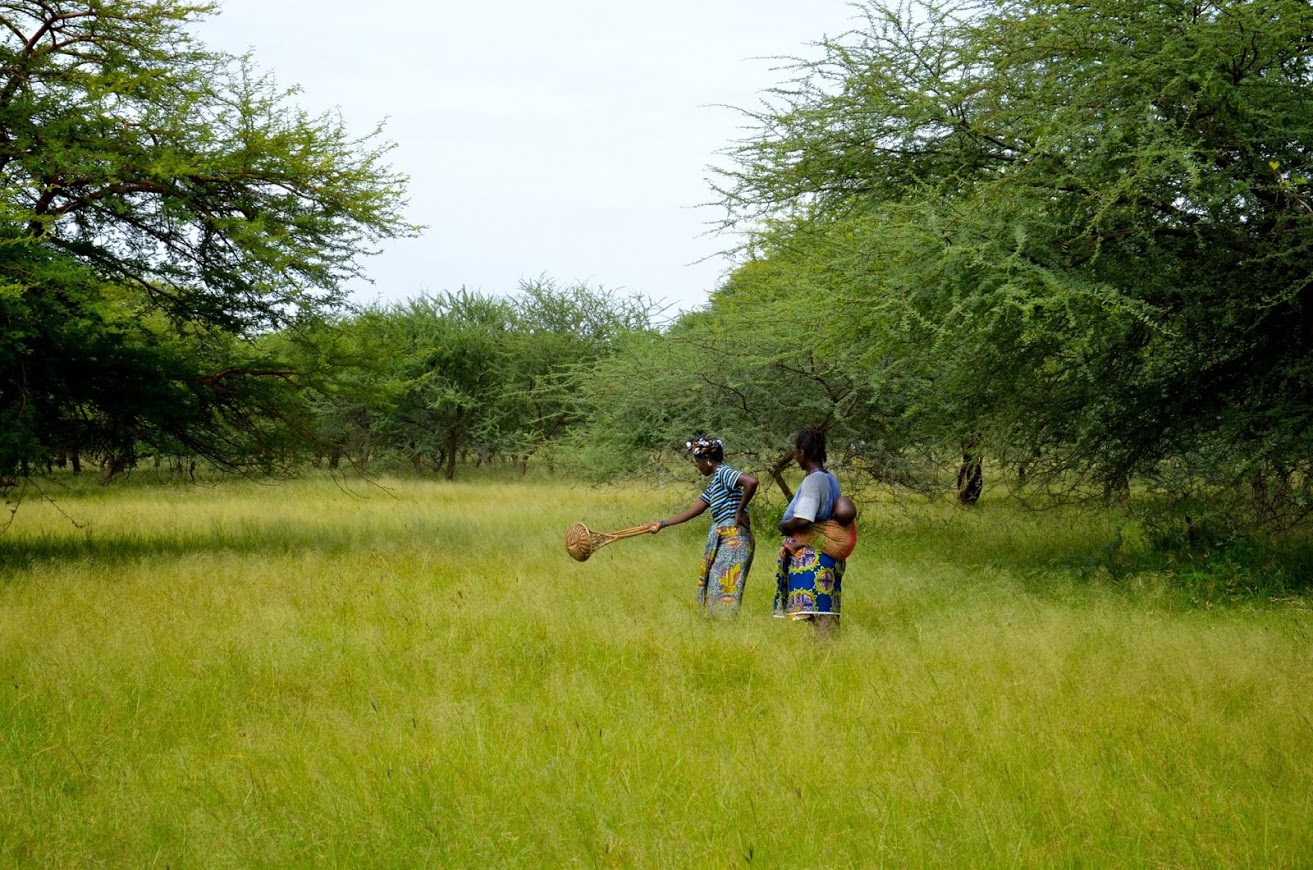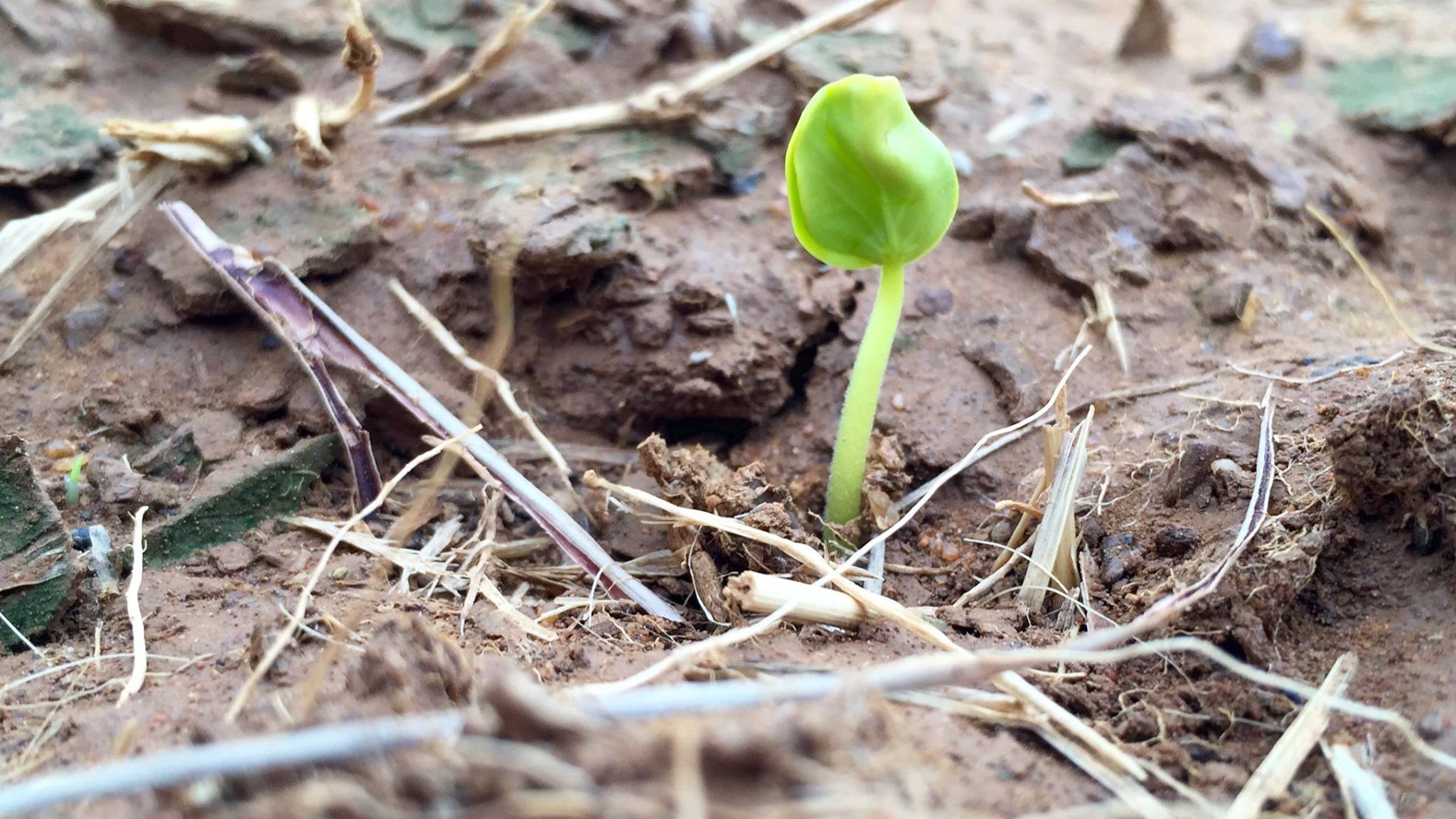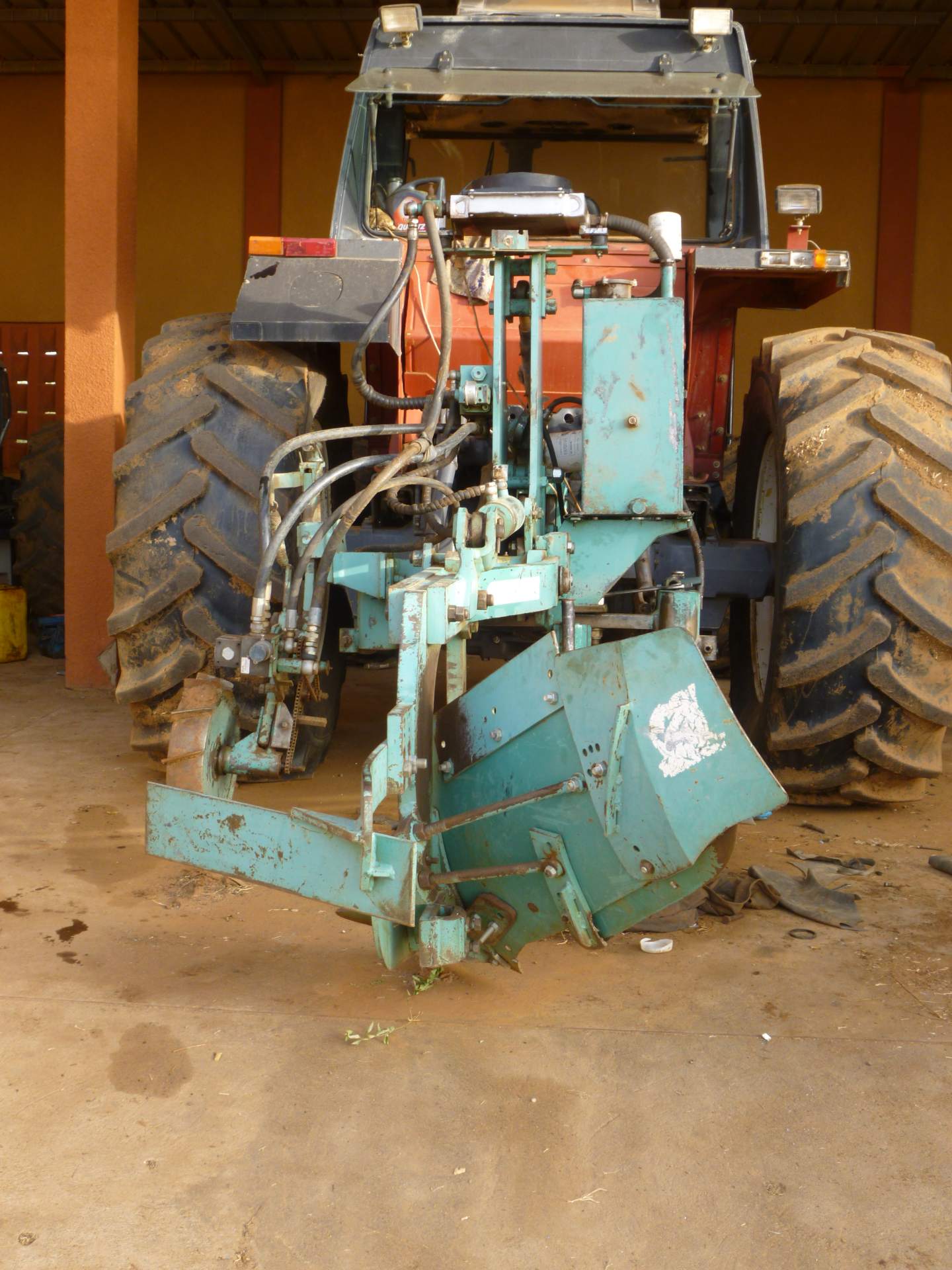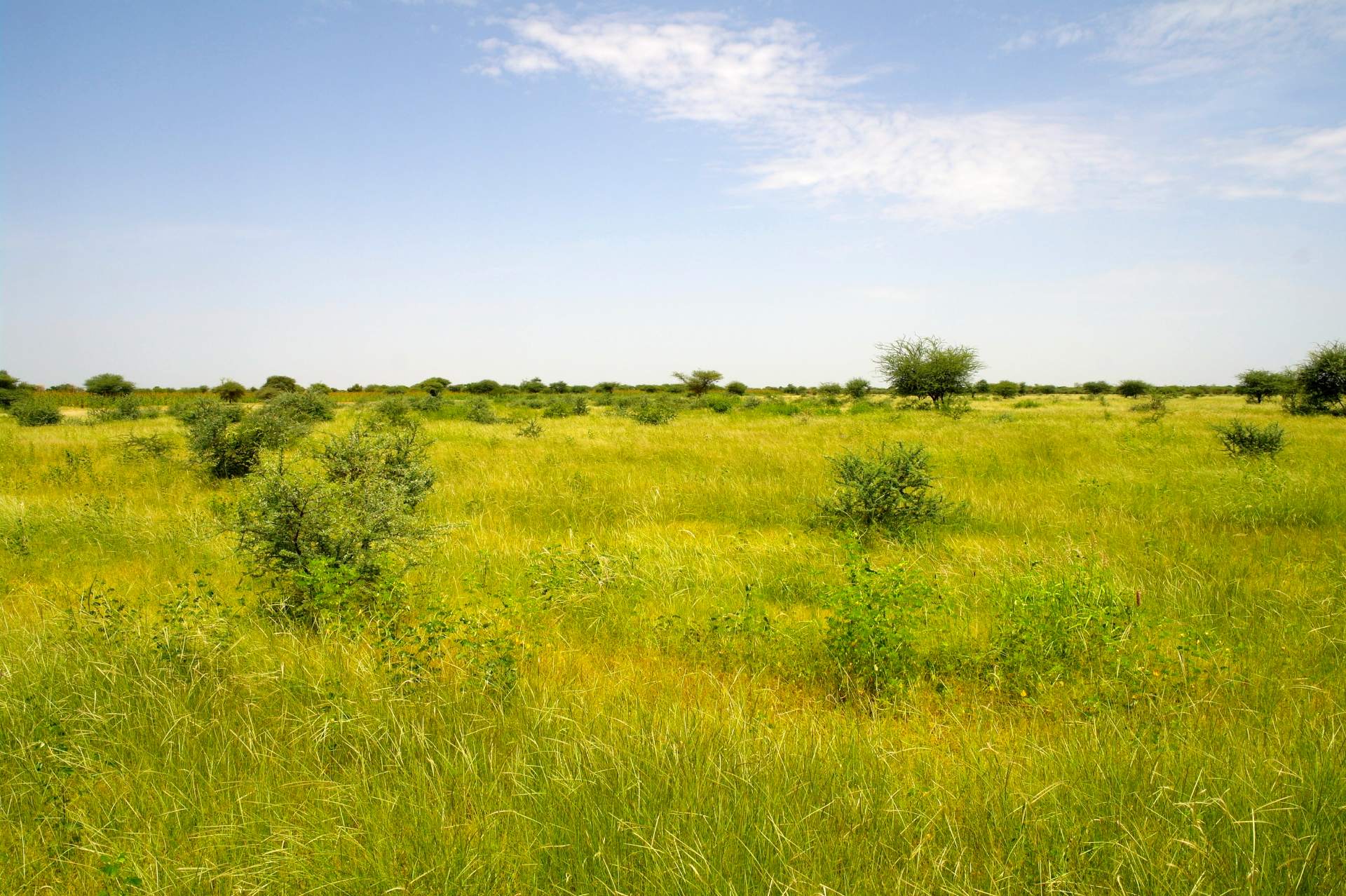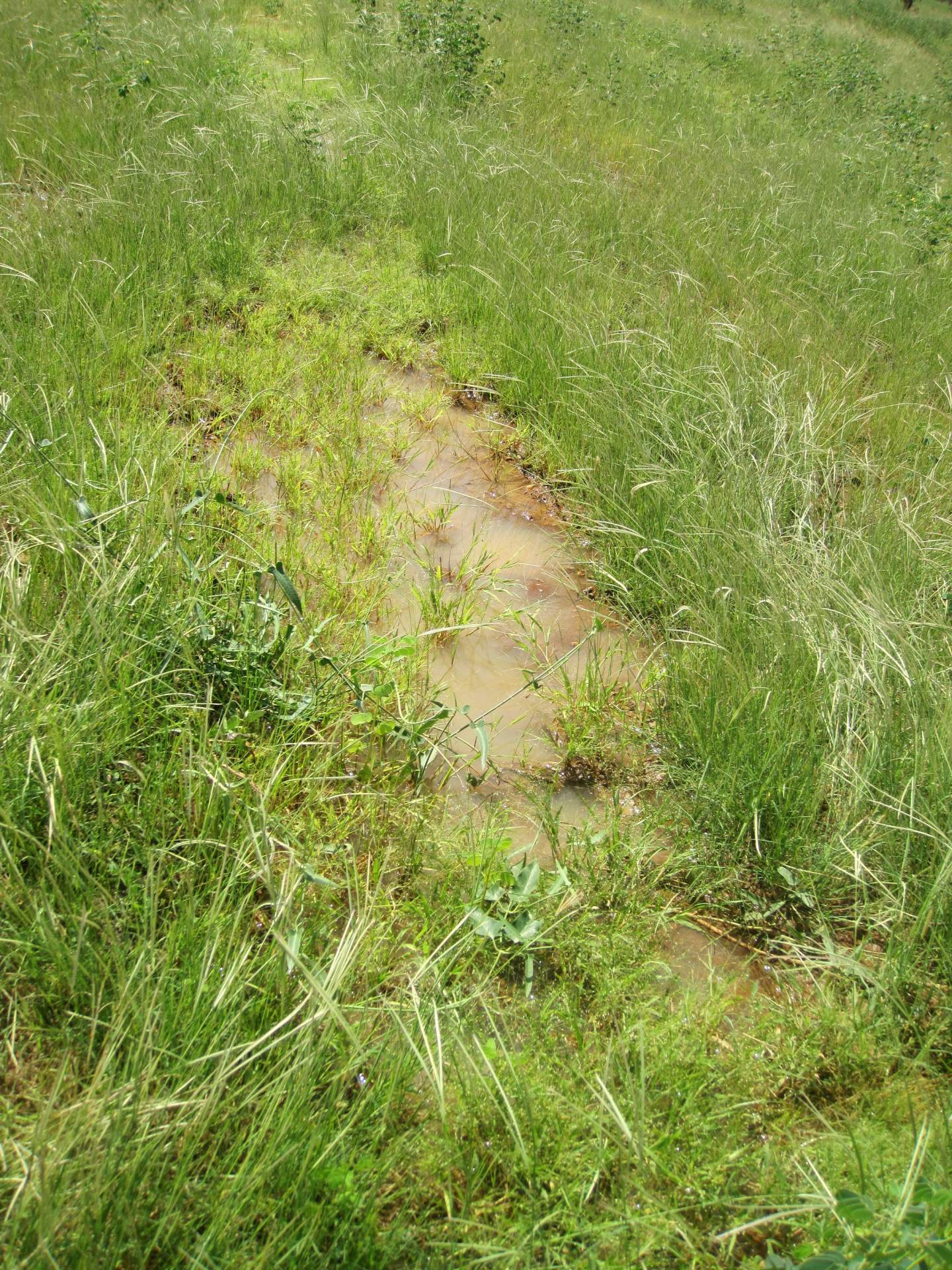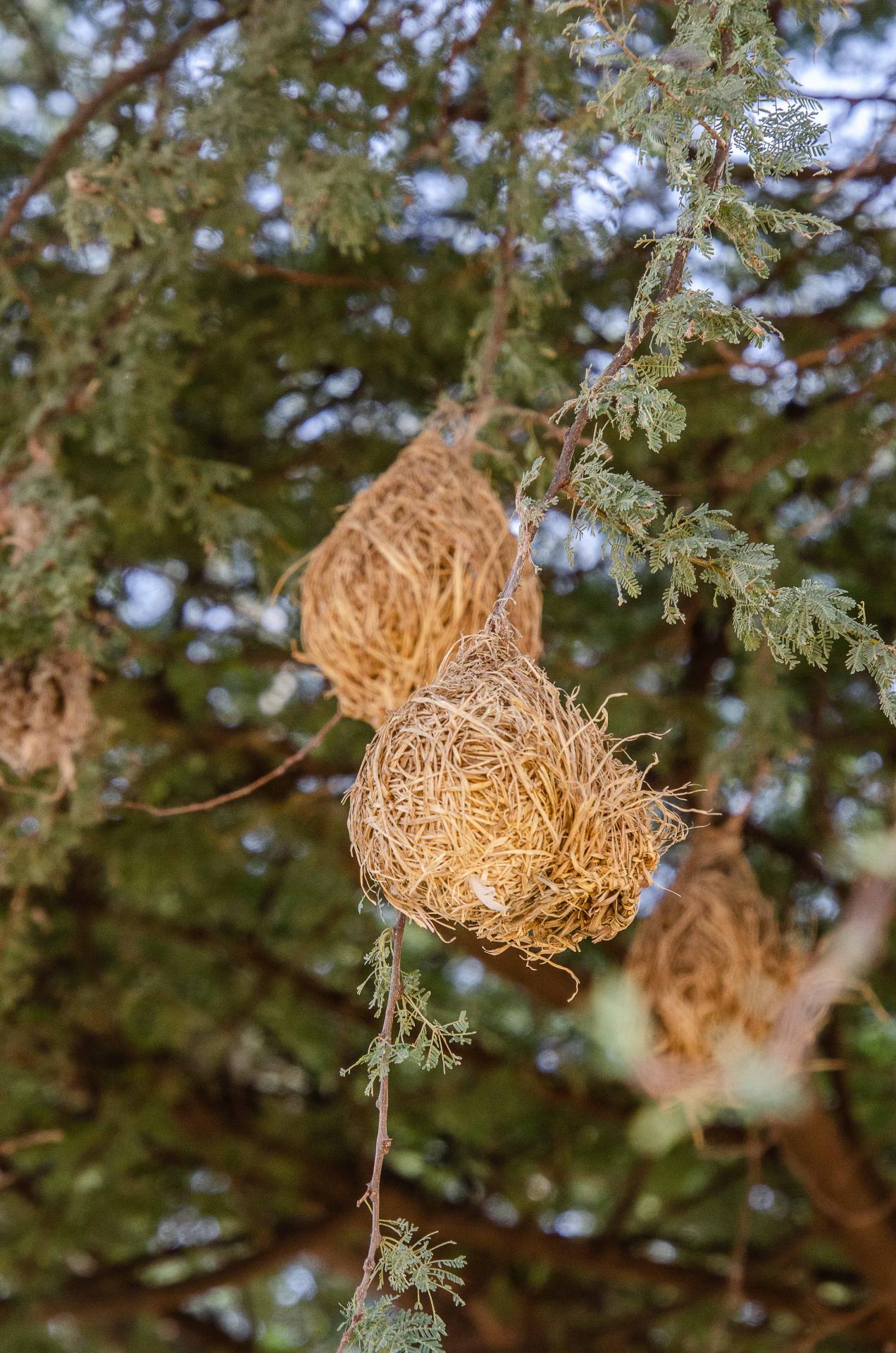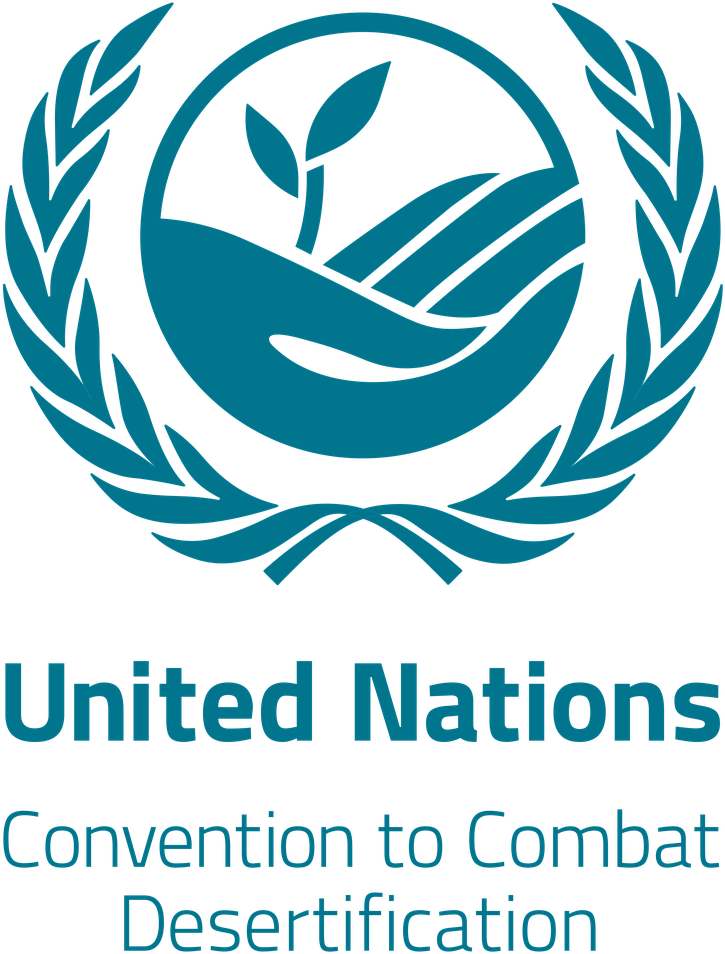what we do
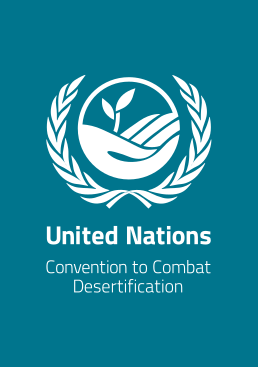

Solution
In the African semi-arid regions, nomadic herders migrate with their livestock in search of food and fodder. However, finding these resources becomes increasingly challenging due to droughts, overgrazing, and desertification. Conflicts arise when the cattle feed on crops belonging to farmers. Lignaverda strives to find a harmonious balance between the food and fodder requirements of both herders and farmers.
3 Phases
Our approach consists of three phases:
1) Community Engagement
2) Reforestation
3) Forest valorisation
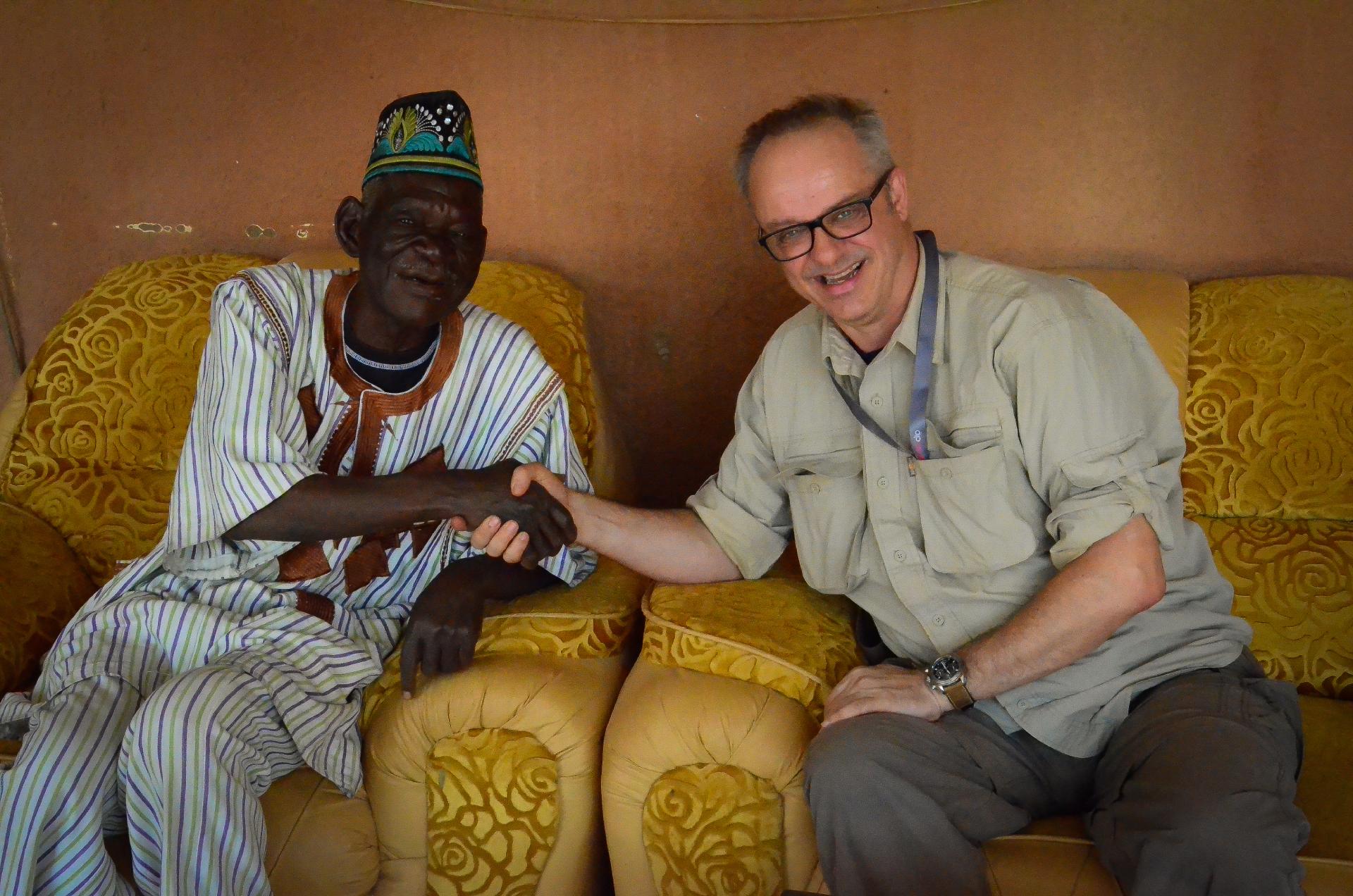


“Reforestation is not a way to redeem ourselves, but a way to stop making things worse"
Eduardo S. Brondizio
Community Engagement
Our approach places significant emphasis on the involvement of the local population, as they eventually take ownership of the forests. We establish direct communication with local communities, attentively listen to their needs and aspirations, and initiate a collaborative process of reforesting degraded land within their territories.
The active support and involvement of communities are paramount for the success of reforestation endeavors. In conjunction with reforestation efforts, we concurrently develop socio-economic initiatives to foster community engagement. We raise awareness among villagers about the value of trees and provide training on sustainable forest management and utilization to enhance their knowledge and skills.
We establish local community forest management committees and provide assistance in implementing savings and credit systems to strengthen community resilience.
We consistently monitor the socio-economic well-being of the participating communities to assess the quantifiable impact of our projects.
Reforestation
Ploughing
To prepare the compacted and sandy soil before sowing, we employ the traditional Vallerani method. This involves the use of a specialized tractor-pulled Delfino plough, which creates semi-circular furrows capable of retaining rainwater.
Fencing
Protecting the delicate young plants from grazing cattle requires the installation of fences. Once the trees have reached maturity, these are removed.
Sowing
The selection of tree species is guided by community preferences. To enhance tree biodiversity, we use a wide range of native, drought-tolerant seeds. Villagers, predominantly women, are employed to collect and sow the seeds in the half-moon furrows. With the aid of the water accumulated by the furrows during the rainy season, seeds germinate, and plants begin to grow.
Growing
Within each half-moon furrow, approximately 3 to 4 trees manage to survive after two seasons. Over the course of a year, an average of 1000 trees per hectare begin to flourish. Through the process of natural selection, the forest gradually evolves into a dense cover, featuring approximately 300 resilient trees per hectare.


“Reforestation efforts can mitigate desertification, combat climate change, and improve local livelihoods.”
Lignaverda
Sustainable valorisation
Each forest serves as a stimulus for improving the livelihoods of the villages, achieved through a support program founded on three principles.
Protection
During the first years, it is crucial to maintain intact fences and restrict the entry of cattle and people into the fields. In case of any issues, the community forest management committees can promptly take appropriate measures.
Sensitization
We actively create awareness among the villagers about the valuable contributions of forests to their livelihoods. Forests provide fruits, nuts, and fodder from leaves while creating a micro-climate that supports agricultural production.
Valorisation
We generate income streams through the sale of grass that grows within the fenced areas to cattle herders. Additionally, the marketing of non-timber forest products obtained from the trees, coupled with revenue from carbon credits, allows for investment in community projects through savings and credit schemes. These projects may include the installation of solar panels to power water borehole pumps, small-scale irrigated horticulture, processing of Balanites fruits into oil, and the production of biofuel based on cow dung, among others.

